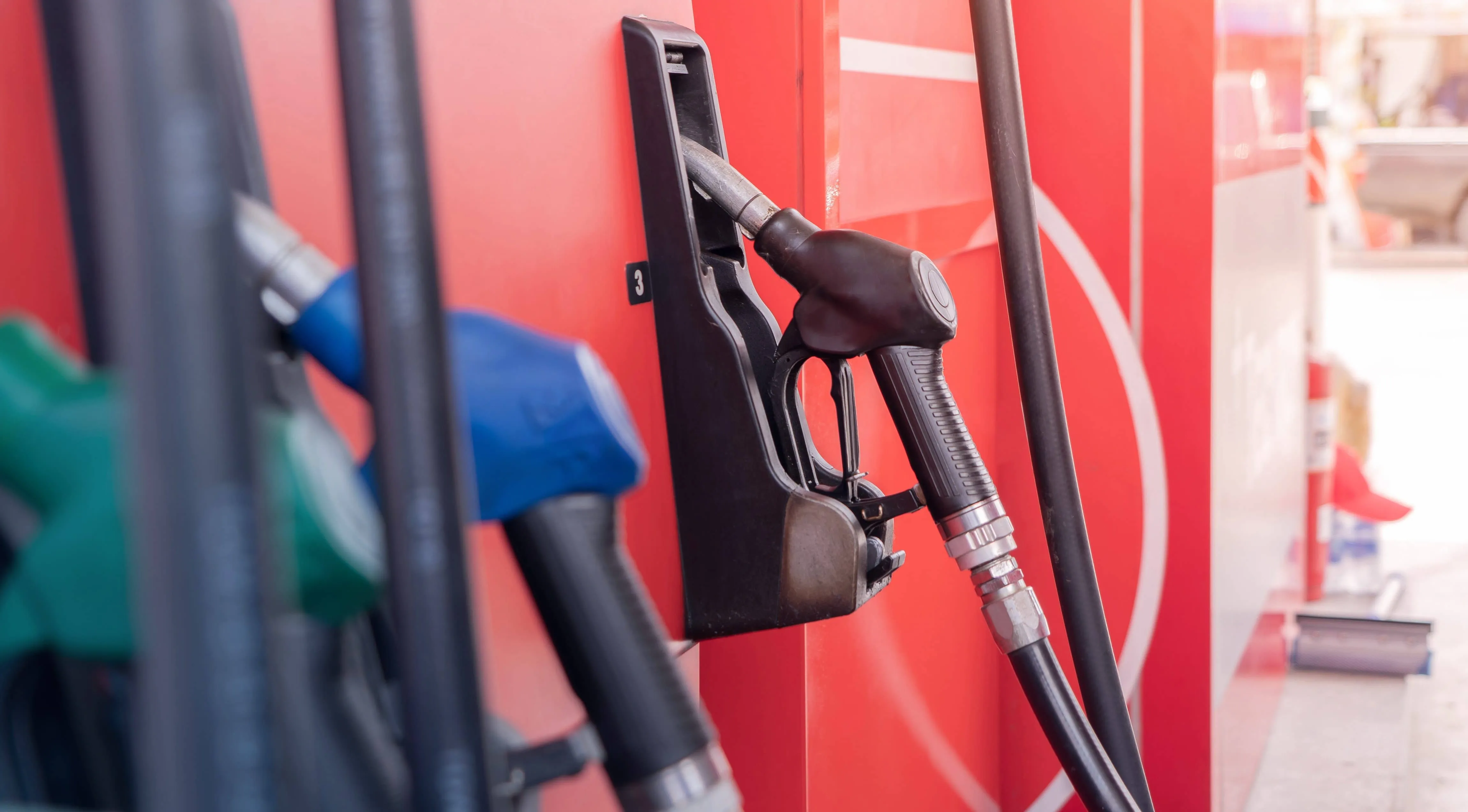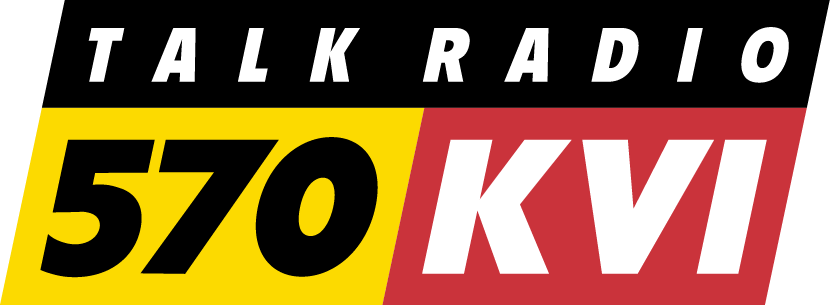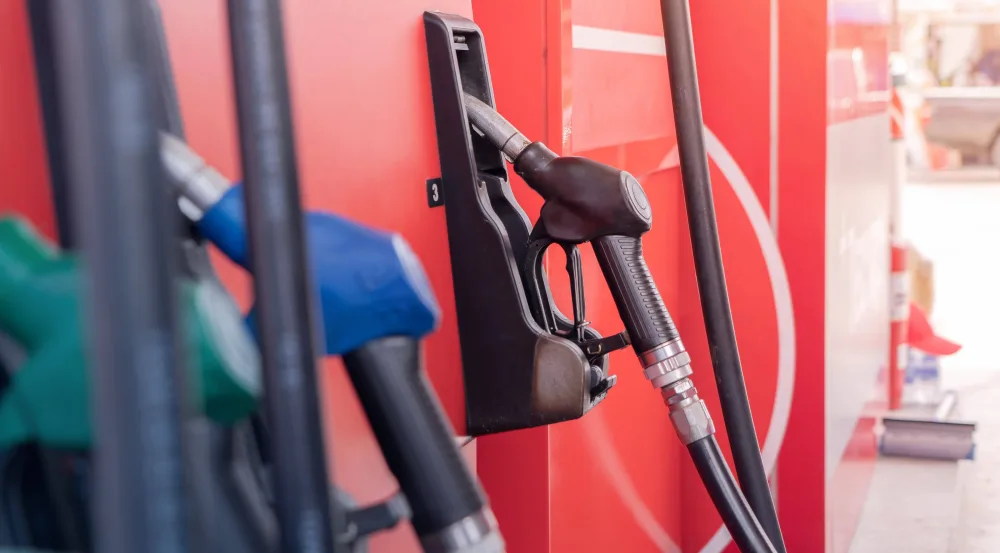
Washingtonians continue to get hammered at the pump, paying nearly 45% more per gallon than the rest of the country as the state remains one of the top three most expensive places in America to fill up, according to AAA.
As of October 21, the average price per gallon in Washington is $4.402, a staggering $1.355 higher than the national average of $3.047. In the greater Seattle area, drivers are paying even more: $4.662 per gallon, which is 53% above the national average. That represents an increase of over 40 cents per gallon compared to last year, even as prices elsewhere have cooled.
Make sure to thank a Washington State Democrat for passing the gas taxes that spiked WA’s average price per gallon $1.355 higher than the national average.
For the greater Seattle area, the average price per gallon of regular gas is $4.662, 53% more than the national average. pic.twitter.com/L223v9832s
— Ari Hoffman 🎗 (@thehoffather) October 22, 2025
For years, California and Hawaii have topped the list for America’s highest gas prices, but Washington is now right beside them. California drivers currently pay about $4.665 per gallon, while Hawaii’s average sits at $4.478. Washington’s statewide average of $4.402 puts it within striking distance of California’s historically sky-high prices, making the Evergreen State a new national leader in fuel costs.
The state’s Climate Commitment Act (CCA), passed by Democrats in 2021 and implemented in January 2023, continues to take the bulk of the blame. The law forces fuel suppliers and major emitters to purchase “emissions allowances” in quarterly auctions held by the Department of Ecology, effectively creating a hidden carbon tax on gasoline.
So far, those carbon auctions have generated nearly $3.5 billion in new state revenue. Supporters claim the funds help combat climate change and invest in environmental programs. But critics say the real impact is being felt by families, truckers, and small businesses who are footing the bill for Olympia’s climate ambitions.
According to Todd Myers, Vice President of Research at the Washington Policy Center, Governor Jay Inslee has known for years that taxing CO₂ emissions would significantly increase gas and natural gas prices, despite publicly claiming otherwise.
Documents from the governor’s own 2014 Carbon Emissions Reduction Taskforce (CERT) show that Inslee’s chief policy advisor, Matt Steuerwalt, and the senior policy advisor for Climate Solutions, a left-wing environmental group, acknowledged the policy would raise gas prices; in fact, that was part of the plan.
During a legislative briefing, Steuerwalt told members of the Senate Environment, Energy & Technology Committee, “I want to make sure we stop on what are the price impacts, because I think everybody should know. We are having a very transparent conversation about what the likely price impacts of putting a price on carbon are.”
He went on to explain that under a “High Carbon Price” scenario with a CO₂ price of $52 per metric ton, nearly identical to today’s allowance price, gas prices would rise by 44 cents per gallon, calling it “a lot of incremental cost on the transportation fuel side.”
The CERT model projected that even a “low-cost” scenario of $45 per metric ton would add about 38 cents per gallon, while a “high-cost” price of $172 per metric ton would add $1.46 per gallon.
Despite those findings, Inslee continued to insist to reporters that the tax would have “a minimal impact, if any, pennies. We are talking about pennies.” The Washington Policy Center now says these documents are the clearest proof yet that the governor and his advisors knew they were misleading the public.
Two years into implementation, Washington’s gas prices are among the highest in the nation, rivaling both California and Hawaii. The Department of Ecology’s next auction is scheduled for October 1, with additional reserve auctions on November 12 and December 3, each with fixed allowance prices of $60.43. Those costs are expected to keep upward pressure on fuel prices heading into winter.
The pain doesn’t stop at the pump. Higher fuel prices drive up costs for groceries, deliveries, and utilities, since nearly every product in Washington depends on fuel to get to market.
Despite being one of the most environmentally ambitious states in the nation, Washington’s carbon-pricing experiment has made it one of the most expensive places to live and drive in America.
Listen to The Ari Hoffman Show, weekdays 3-6 PM Pacific on Talk Radio 570 KVI, KVI.com, the KVI app and wherever you get your podcasts.



